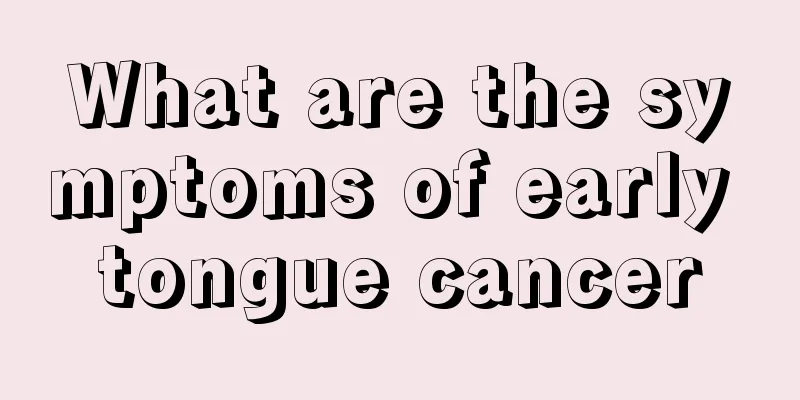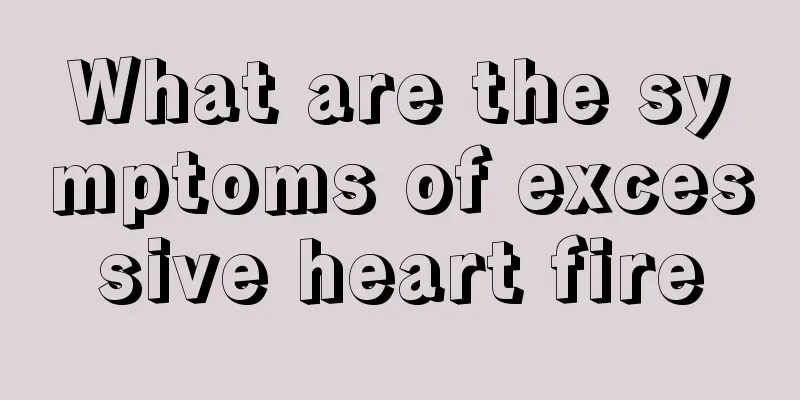Treatment of rapid atrial fibrillation

|
Atrial fibrillation generally refers to the symptom of irregular heartbeat in patients, but there are many different types of atrial fibrillation depending on the manifestation of atrial fibrillation. There is a type of atrial fibrillation called rapid atrial fibrillation, and there are many different types under rapid atrial fibrillation. It can be divided into symptoms such as premature beats and rapid heartbeat. What treatment options are available for treating rapid atrial fibrillation? There are many types of rapid atrial fibrillation, some are secondary, some are rapid, and they will frequently have premature beats, tachycardia and rapid heartbeats. The human heart must be at a normal level. Too slow or too fast may cause patients to experience difficulty breathing, chest pain, or even chest tightness. Therefore, patients need to take medication all year round to maintain slow adjustments. Rapid arrhythmias include premature beats, paroxysmal tachycardia (supraventricular and ventricular), flutter and fibrillation (atrial and ventricular), and preexcitation syndrome. Premature beat (Premature beat) Premature beat is abbreviated as premature beat, which is caused by the premature excitement of ectopic pacemakers (atria, ventricles, atrioventricular node area) other than the sinoatrial node. It is also called premature (extra-term) contraction. It can occur in normal people, such as excessive smoking, drinking, drinking strong tea, and emotional excitement. And fever can be induced. It is common in patients with various heart diseases such as coronary heart disease, acute myocarditis, cardiomyopathy and hyperthyroidism heart disease. It can be caused by the toxic effects of digitalis drugs, antimony agents, quinidine, chloroform, hypokalemia, heart surgery or cardiac catheterization. 【Clinical manifestations】 1. Symptoms: Premature beats may be asymptomatic, or they may be accompanied by palpitations or a feeling of cardiac arrest. Frequent premature beats reduce cardiac output and cause fatigue, dizziness, and chest tightness, and may aggravate existing angina pectoris or heart failure. 2. Physical examination may reveal premature beats during the basic heart rhythm, followed by a long interval. The heart sounds and basic rhythm of atrial premature beats are similar. The first heart sound of atrial premature beats is often enhanced or weakened, the second heart sound is inaudible, and the radial artery pulsation caused by premature beats is weak or cannot be felt, forming a leaky pulse. This is the result of ventricular filling and low stroke volume. When the premature beats are in bigeminy or tripeminy, a pause can be heard after every 2 or 3 heartbeats. Premature beats are inserted between two basic heartbeats, which are called insertion premature beats. Auscultation can be heard as three consecutive heartbeats that are faster than the basic heartbeats. 【ECG characteristics】 It can be divided into three types: atrial, atrioventricular junctional and ventricular. Among them, ventricular is the most common, followed by atrial and junctional. 1. Atrial premature beats The premature P wave has a different morphology from the P wave of sinus rhythm, and the PR interval is >0.12 seconds. Most QRS complexes are the same as those of sinus rhythm, sometimes slightly widened or deformed, accompanied by corresponding changes in the ST segment and T wave, which is called intraventricular differential conduction and needs to be distinguished from ventricular premature beats. In the former, a P' wave can be seen before the QRS complex, the PR interval is >0.12 seconds, and the V1QRS complex is mostly rsR'. The absence of a QRS wave after an early, abnormal P' wave is called atrial premature beats that fail to convert down and become blocked atrial premature beats. 3 Premature atrial contractions and premature atrial contractions with intraventricular conduction differences 2. Premature beats at the atrioventricular junction The QRS complex that appears early has the same morphology as the sinus complex or has intraventricular differential conduction. Retrograde P waves are sometimes seen before and after the QRS complex, the P'-R interval is shorter than 0.12 seconds, or there is no P' wave. The compensatory interval may be incomplete or complete. |
<<: Acupuncture points for treating atrial fibrillation
>>: What is the reason for the bad smell in the throat
Recommend
What should you pay attention to in preventing cerebral vascular rupture
When it comes to cerebral vascular rupture, some ...
Is renal hamartoma dangerous?
Renal hamartomas are usually benign tumors with l...
How to relieve itching after tattoo
In the past, Chinese people were very taboo about...
Will eating yogurt make me fat?
Yogurt is a drink that many of our female friends...
Dietary treatment for patients with lung cancer
Diet therapy for lung cancer? Nutritional diet fo...
What are the symptoms of congenital talipes equinus and how to treat it?
The fetus cannot be exposed to too much external ...
What are the causes of vitiligo
Vitiligo is a common and frequent disease that no...
Can I take erythromycin to reduce inflammation after drilling a tooth?
Dental health is taken very seriously in our dail...
What are some exercises for the subscapularis?
In today's society, people pay more attention...
What are the symptoms of cerebral palsy ataxia?
Cerebral palsy ataxia is a common disease among m...
What is the formula of glutinous rice glue
Glutinous rice glue is a non-toxic, odorless and ...
Can't ejaculate after drinking
After drinking, the body's cells start to bec...
What are the dangers of green tea powder mask
Currently, many manufacturers have launched green...
What material is good for radiation protection clothing?
In life, everyone will inevitably be exposed to r...
Is interventional treatment for liver cancer really useful? Detailed description of the specific steps of interventional treatment for liver cancer
After liver cancer occurs, if interventional trea...









